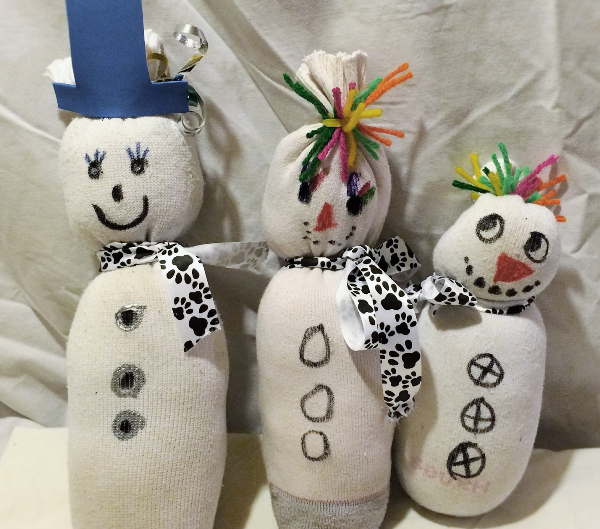Sarah Ward, MS, CCC-SLP presented the final Saturday Seminar of 2014 on Fostering Executive Function Skills. Sarah is the Co-Director of Cognitive Connections in Concord, MA. She is an expert in the assessment and rehab of traumatic brain injury, particularly in the treatment of executive functioning.
Sarah is a charismatic national and international speaker. A throng of 125 therapists, educators, parents, and paraprofessionals squeezed into the Therapro showroom to hear Sarah share her expertise in developing practical strategies for addressing executive function skills in school-age children and teens. The strategies she shared were readily applicable to anyone in the school and home setting.
Sarah provided many examples of situations where executive function skills are needed in order for a student to execute a plan that results in a successful outcome. Since children have an unrealistic view of time, they need non-verbal working memory, using self-directed talk to execute a task. She illustrated this by presenting various scenarios where a student is asked to perform a task like cleaning his room, getting ready for school or soccer practice, etc. In order to complete the task, he needs a sequential plan. For a student with poor executive functioning, he may have difficulty with making a “mental dress rehearsal” of what he needs to do to in order to accomplish the task, and may get side tracked easily. Sarah recommended a good place to start is for us as the “executive coach” to use a visual word (“see, imagine, visualize, etc.”) and direct the student to put on his “future glasses” to increase awareness. Sarah explained the Get Ready, Do, DONE Model for getting a task completed.
The goal of intervention with a student who has poor executive function skills is to help him become more independent in this area of functioning. Sarah suggested that using therapeutic intervention strategies will improve the following: situational awareness and forethought; task planning, initiation, and transition between tasks; and finally, active self-management of the factors related to time passing. The objective is to help the student learn to manage the organization and time demands of school assignments, home and after-school tasks successfully.
Take a look at a few of the glowing testimonials from attendees about this seminar:
“This was the best, most practical seminar on executive function skills I could have imagined. I came away with lots of strategies that I feel ready to implement at home.” – John G.
“Wow, wow, wow! I loved it! I want to share this info with everyone.” – Jessica E.
“So incredibly practical and helpful – so many amazing tools.” Michele M.
“Sarah provides strategies/practices that can be implemented immediately, across all settings for all ages…and they make sense!” – Kate V.
Thank you, Sarah!
Filomena Connor, MS, OTR/L


